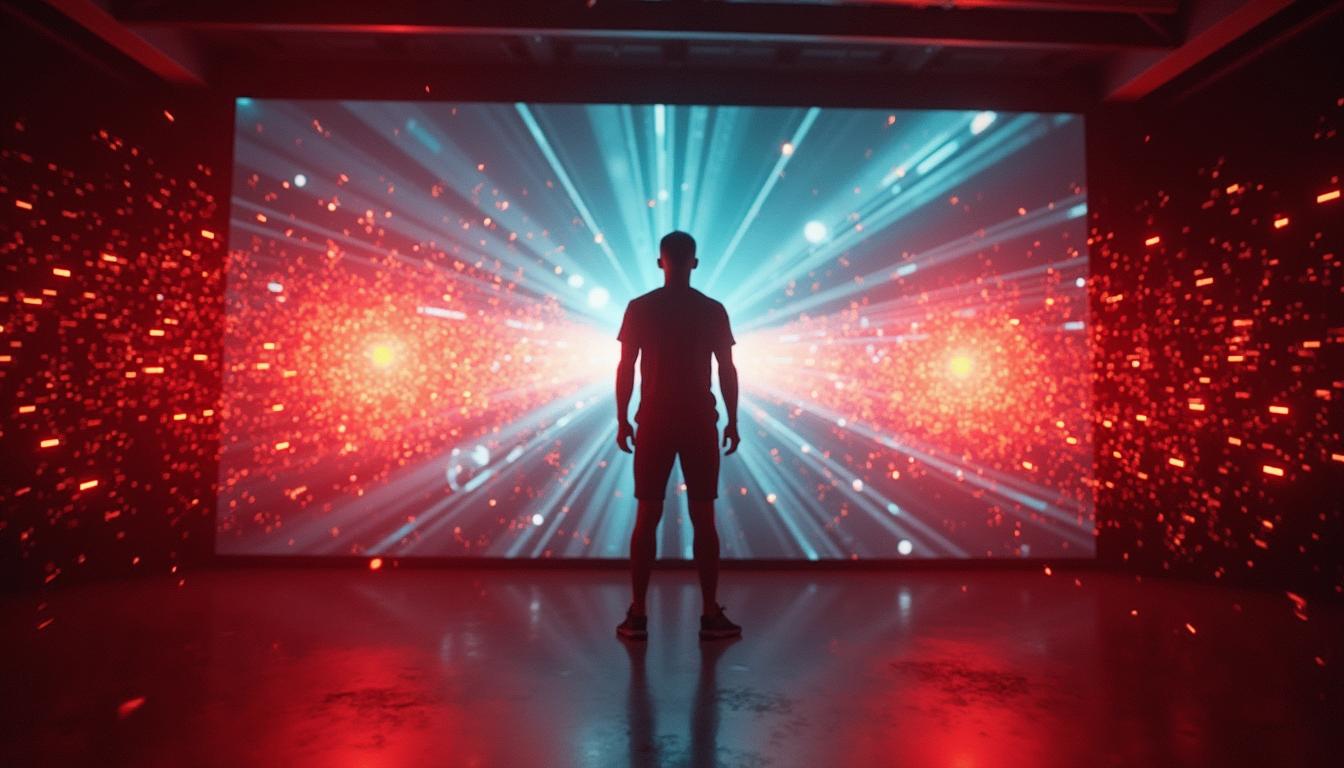Welcome to the Research and Strategy Services at in today's fast-paced.


When you daydream, your mind "visualizes" things almost without any effort on your part. That means you already have the ability to visualize. Here I will outline from a neuroscience perspective why visualization is actually like daydreaming on purpose, and more importantly, how you can you can apply this knowledge to help you succeed in any endeavor.
Everyone has the capacity to daydream. But here's the catch - it’s random by its very nature. It happens unexpectedly, and there's usually no specific purpose behind it. Images come and go as they please, often without any logical connection.
Visualization, however, is not random. It's not unexpected. It’s usually undertaken with a definite purpose or goal in mind before you begin. Images will still come and go, but now you're focusing on those images, on their relationship to each other, and on their significance to your underlying goal or purpose.
In our previous Mpowered article on The Power of Beliefs, it was explained how the brain is the most complex structure in the known universe, and the most powerful super computer in the world. Through the remarkable nature of neuroplasticity, it is also highly adaptive with the right kind of stimulation.
Whether you think about doing something, or you actually do it, the same neural pathways are activated, triggering changes in brain state and learning. In fact, visualization can also create motor learning effects. Dreaming about playing tennis, for instance, can actually help you become a more skillful player.
To some extent this happens just simply watching other people perform tasks. This is because ‘mirror neurons’ actually simulate the experience internally. For example, one study showed that in comparison to hours actually player, golf caddies punch well above their weight making shots on the course, because their minds and bodies have simulated practice through watching others so much.
The reason this phenomenon exists is that the brain cannot distinguish between a real experience or one you imagined. The same thought patterns develop. With real vision it's possible to realize your dreams - no matter how big or far away they might seem. Whatever you want to achieve, you already have the power.
If you can imagine yourself doing something, there's no reason why you can't actually do it. And that brings us to another astonishing fact, which is that your brain is already geared for success!

You may have experienced this yourself at one time or another. It happens when you're busy doing something, trying hard to find a solution to a problem, and getting nowhere. You're stuck and can't find a way forward. You know there's a simple solution, but for some reason you can't quite put your finger on it. Eventually you stop working, take a break, relax and start doing something completely different. Then, when you're not thinking about the problem, the solution just pops into your head.

The same thing happens when you're learning a new skill. Perhaps you're struggling with a difficult sports technique, or a second language, or trying to prepare a proposal for an important project. You work and work away at it, seeming to get nowhere. So, you stop, focus on something else, and forget about it for a while. And then, when you're busy with something else and no longer thinking about it, the information you need to move forward seems to appear out of nowhere.
Those of us who did a lot of motorway driving before COVID 19, often got good ideas on the road. Flashes of inspiration seemingly pop out of nowhere. This can also occur in the shower or even while shaving or brushing your hair. In his book The New Psycho-Cybernetics (updated by Dan Kennedy), author Maxwell Maltz explains the phenomenon like this:

Once again, we're back to the power of the human brain, and more specifically the unconscious mind. It's at the core of the process and the real engine behind this mechanism. While you're busy working away, looking for a solution, neurons are making connections. They're actively acquiring new data, linking together to assimilate all the information. And even when you consciously stop focusing on the problem at hand, your brain keeps right on going, working in the background to fill in the gaps and come up with an answer.

What's great about this mechanism is that we all have it, and it simply involves distracting yourself from the problem at hand.
It isn't reserved for scientists, artists, inventors or authors. Some people might make more frequent use of it than others, but everyone has the capacity to benefit from it. There are lots of different names for what's going on here, such as breakthrough moments, inspiration, ingenuity, revelation, spark, illumination, vision, insight, and flash of genius. Whatever you call them, they all have one thing in common: they give you the power to turn the things you imagine into reality.
Firstly, we’ve discussed how daydreaming is innately wired into your brain. Secondly, that visualization taps into this but in a focused way, and it can be harnessed to achieve your goals. Thirdly, your brain is a powerful simulator of reality, and allowing visualizations to literally adapt your mind and body. Lastly, once you start to visualize purposely, you can also tap into a natural success mechanism to help you achieve any goals, which is boosted when you allow your mind some mental space to unconsciously process solutions to overcome challenges to your goals.
With this simple recipe you can set yourself up for flashes of genius and beyond – so get ready to succeed at levels way past your dreams!
If you found this blog insightful, then also check out the previous Mpowered blog: The Power of Beliefs






Welcome to the Research and Strategy Services at in today's fast-paced.

Learn about Marc Van Loken's growing mission for brain health advocacy with Marvalous Health.

Understand the unique challenges of gifted ADHD kids and strategies to help them find balance.

Learn about two pioneering centers led by Dr. Kakavas that integrate neuroscience, biomechanics, and elite rehabilitation methods.
.png)